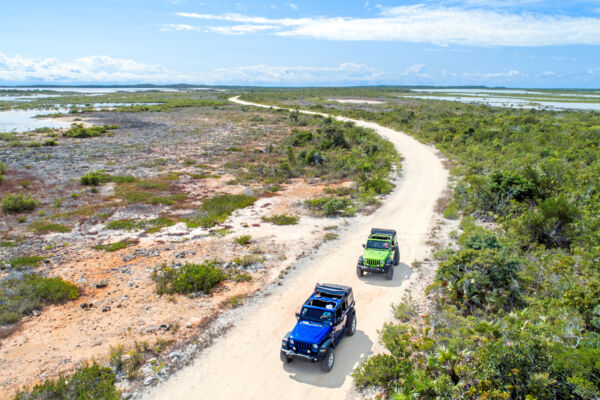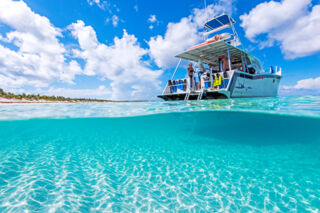Turks and Caicos Wilderness Guides and Historical Adventures

The Turks and Caicos is an amazing destination for outdoor adventuring and exploring. Although a relatively small country, historical and nature sites abound. Many are found hidden on secluded coasts or deep in the dense interior brushlands.
Get off the beaten path and discover the uncharted beauty that awaits!
Historical Sites
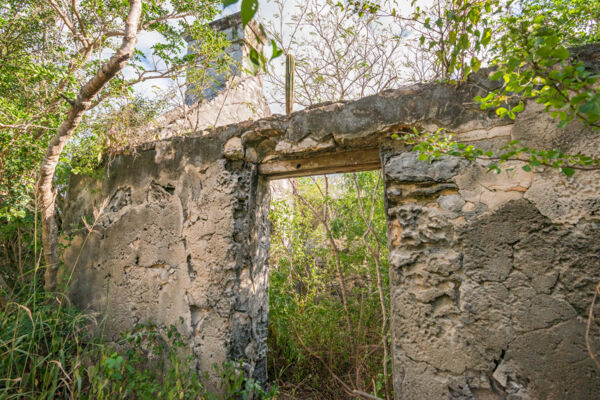
The recorded history of the Turks and Caicos is relatively brief, yet includes several fascinating epochs.
An aborigine people known as the Tainos are the first known inhabitants of these islands. These peoples are thought to have settled in what is now the Turks and Caicos around the year 700 AD, after having migrated up through the Caribbean chain. Very little evidence remains of these people other than a few cave pictograms and low rock mounds.
The vast majority of historical sites still standing are either from the sea salt industry, which began in the early 1600s, or are agricultural ruins from the Loyalist migrations after the American Revolution, circa the late 1700s.
Dozens of elaborate cotton plantations from this period once covered the Caicos Islands, and countless sites remain lost in the thick tropical dry forests. The best preserved of these plantations is Wade's Green Plantation on North Caicos.
The Victorian era largely saw a crop transition to sisal, which was a fibrous agave that was used to produce rope. The forgotten Yankee Town on West Caicos is a beautiful and fascinating site to experience these plantings.
The large central islands in the country also supported the rather unique yet short-lived industry of cave bat guano mining. The guano was exported to the larger region to be used as a fertilizer and chemical precursor.
Features of the modern age can also be found, including the abandoned US NAVFAC 104 and LORAN installations.
Caves and Karst Features
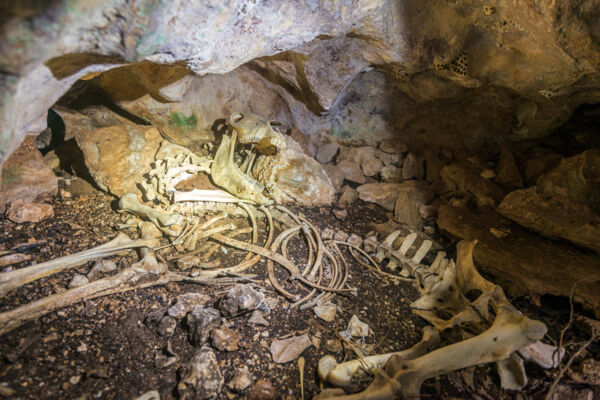
The Karst geological process of dissolution has definitely left its mark on the islands. Caves, sinkholes, blue holes, and solution features can be found throughout the country, and are especially common on the Caicos Islands.
Dry cave systems, the majority of which are flank margin caves, are typically the most interesting.
Middle Caicos has two dry systems that are open for tourism, Conch Bar Caves and the less-extensive Indian Cave. Nearly all other Karst sites remain difficult to find and access.
Hiking
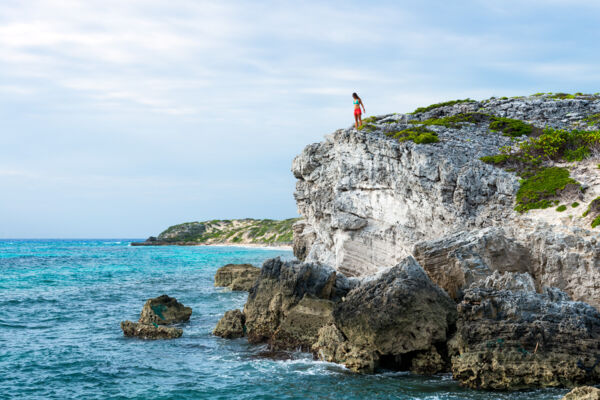
For those who simply want to enjoy the beautiful outdoors, the country’s remote and wild coastlines offer an amazing hiking setting. The central islands of Providenciales, Middle Caicos, East Caicos, and South Caicos offer varied and spectacular environments to explore.
The nature reserves and national parks in the Turks and Caicos haven’t largely yet been developed for tourism. As such, paths, facilities, and information centers are mostly non-existent. Due to these reasons, you’ll likely want to travel with a guide.
Camping
Due to the difficulty in accessing many of the uninhabited islands and cays in the Turks and Caicos, it often makes sense to plan for an overnight adventure.
Although camping can be a fun and rewarding experience, mosquitoes, poor weather conditions, and the difficulty in finding features of interest can put a damper on the adventure. We highly recommend camping with a knowledgeable guide.
